iPhone�s 10th birthday: A look at how the phone has changed over the years

Apple has until now sold more than 1 billion iPhones
(Web Desk) – The beloved Apple Inc’s iPhone will complete a decade in the smartphone market today. The phone is known for revolutionizing how mobile phones were made and since its inception, the way we use phones has drastically changed. However, Apple is not an overnight success story. When it was launched, its initial sales were sluggish. This could be attributed to the fact that it launched without a dedicated app store and was restricted to just one network; AT&T Inc.
A year later, Apple introduced the App store, which improved its sales as opposed to the previous year. Since then, the company has flourished. It is now the ninth largest company by revenue, generating $24.3 billion in revenue.
The company has sold more than 1 billion iPhones to date. Here we take a look at how the phone has changed over the last decade. From the 3.5 inch iPhone 2007, launched with the slogan “This is only the beginning. Apple reinvents the phone”, Apple really has come a long way.
IPHONE 2007
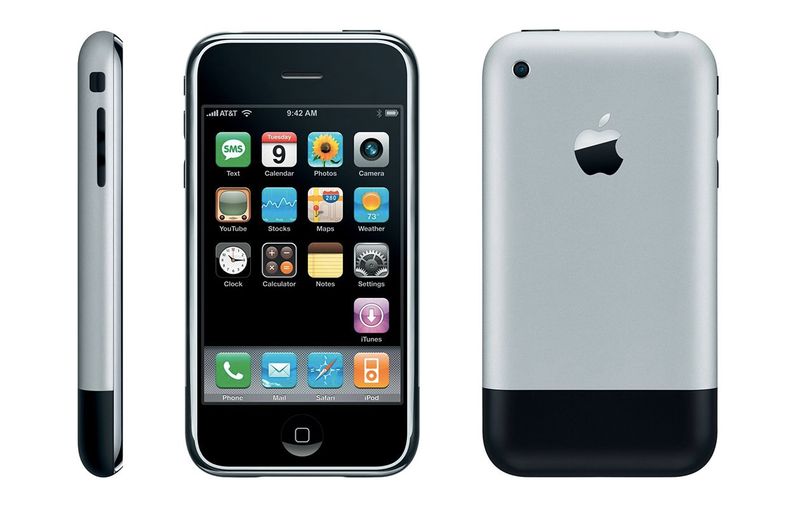
Some would call this the father of the modern smartphone. Launched in 2007, it introduced the classic grid-icon layout and the single home button. It featured a multi-touch display instead of a physical keyboard. However, it lacked important features like 3G connectivity and was without the support of an app store.
IPHONE 3G 2008

The next iPhone launched with what it was lacking the previous year. Apple did their homework and added what was missing in the iPhone 2007. The phone launched with an app store, giving developers the chance to build their own applications, while increasing the phone’s value as users were given a wide variety of apps and games to choose from. The phone, as the name says, had 3G capability which further increased its popularity.
IPHONE 3GS 2009
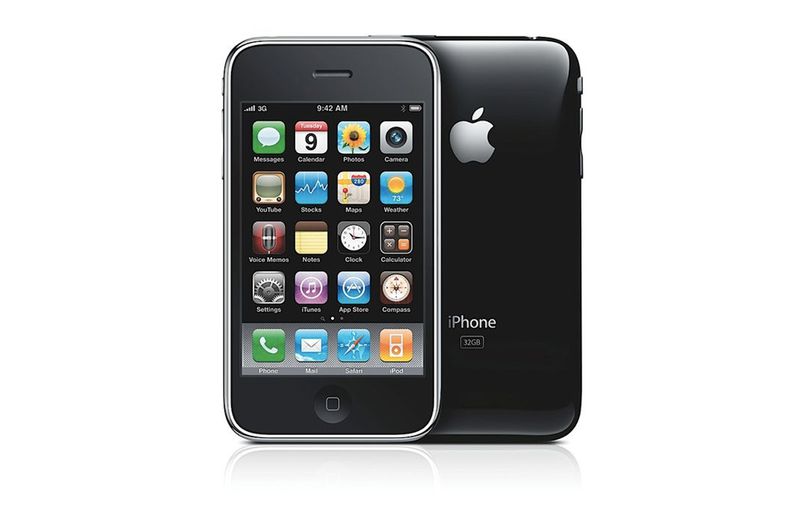
The first ‘S’ model, launched in 2009, offered Apple users improvements in the previous model instead of new features. Apple claimed the phone was twice as fast as the iPhone 3G, with the S standing for speed. Even though the phone was not much different than its predecessor, it still did not stop Apple fans from buying it. From then on, introducing a newer model with an S became a regular thing on part of Apple.
IPHONE 4 2010
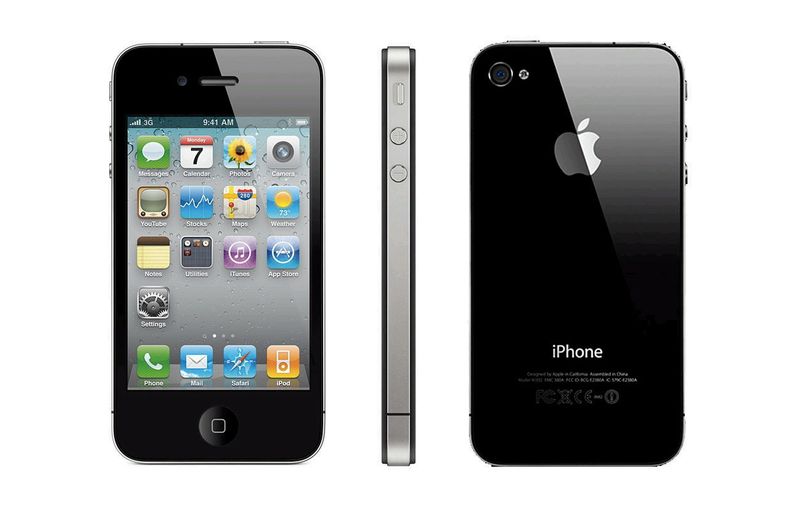
Apple finally changed the initial design with the iPhone 4. The iPhone 4 received much praise, particularly due to the improvement in style with a body of stainless steel and glass. It was touted as the thinnest smartphone of the time, and was the first device to feature the famous ‘Retina Display’. Moreover, the phone was the first of its kind to feature a front-facing camera.
IPHONE 4S 2011
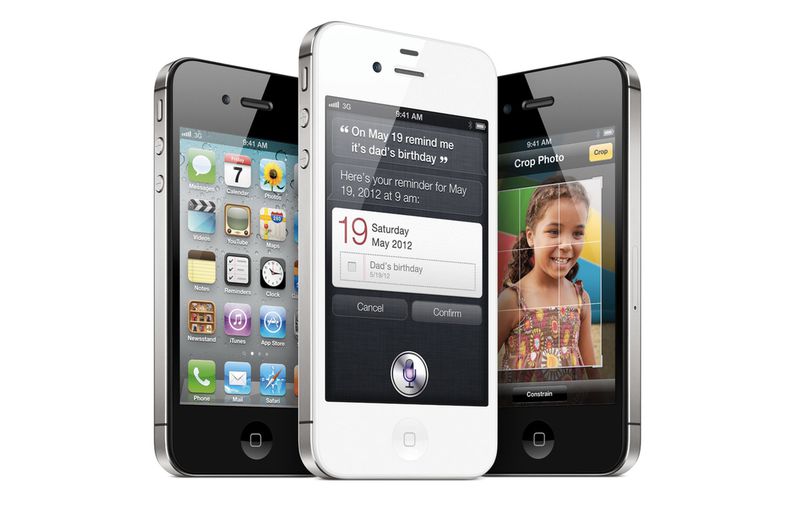
The 4S introduced Apple’s voice assistant, Siri, to the world. Although Siri was ahead of its time, it was still quite popular among Apple fans, and was on the reasons why many upgraded from the iPhone 4. Its crown feature was its 8 megapixel camera. However, the launch of the phone was overshadowed by the death of Steve Jobs the very next day.
IPHONE 5 2012
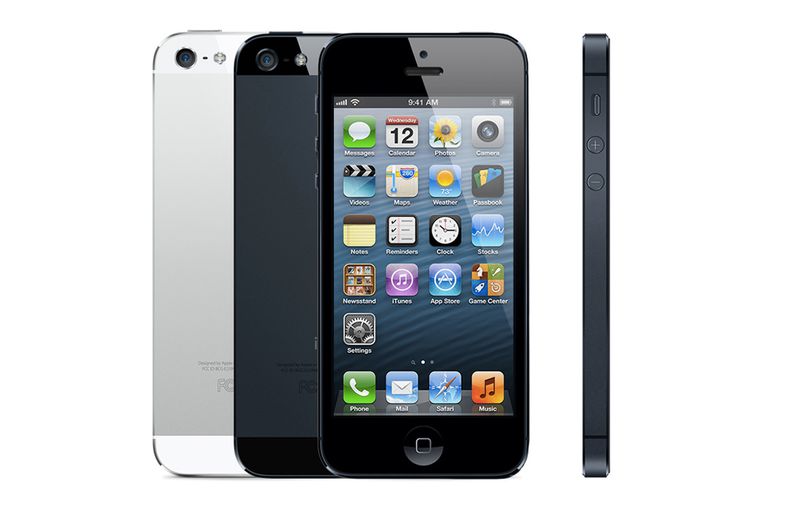
With the iPhone 5, Apple brought a larger 4 inch display and an aluminium case to the table. The phone was durable, light and elegant. With the iPhone 5, Apple also introduced the user-friendly reversible Lightning connector.
IPHONE 5C 2013
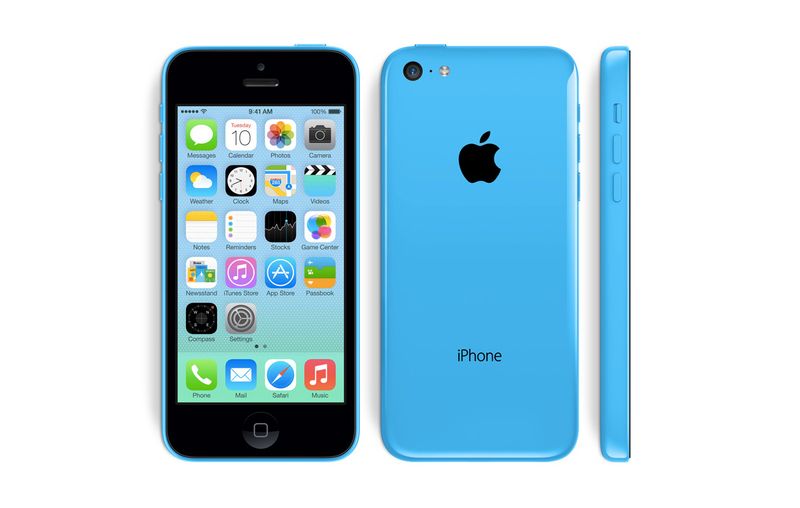
In 2013, Apple started the practice of introducing a pair of phones a year. It introduced the 5C and 5S. The 5C was similar to its predecessor and the only new addition was the polycarbonate shell available in a variety of colours.
IPHONE 5S 2013
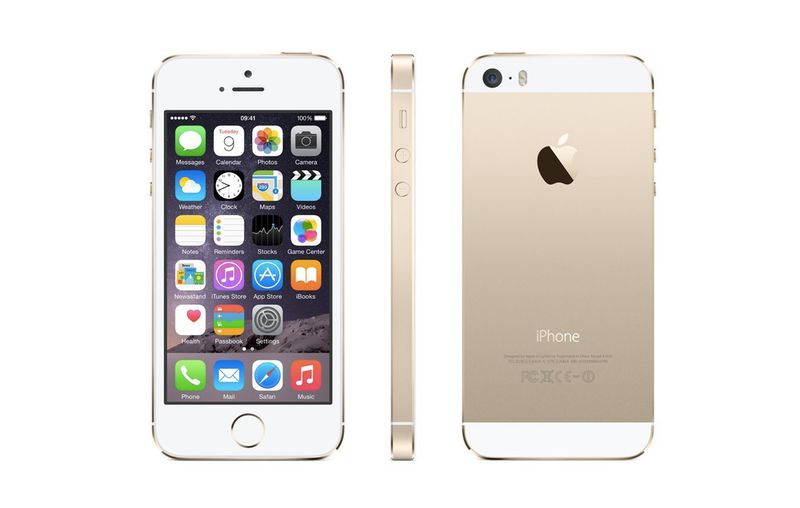
The more expensive of the pair released in 2013, the 5S stepped into the market with major changes. It featured two new colours, space gray and gold, which fans instantly took a liking to. Moreover, 5S introduced Touch ID and the home button now became a fingerprint scanner. The device also was the first phone to have a 64-bit processor in it and the new iOS 7 gave the phone a cleaner look.
IPHONE 6 and 6 PLUS 2014
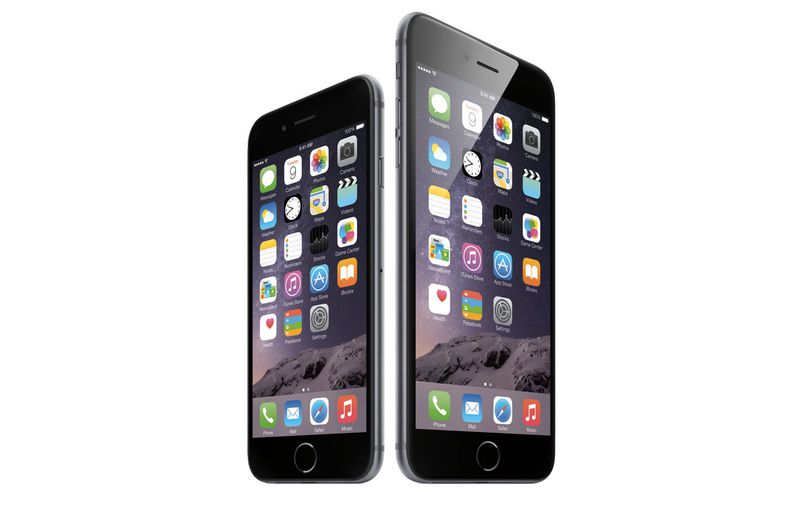
Apple continued its new tradition of introducing two models at a time. But instead of introducing a cheaper plastic version like the 5C, Apple now came out with a ‘Plus’ version of its phone. The ‘Plus’ version was the same as the non-plus version but with a larger screen. Both versions featured a curved design, a faster processor, improved cameras, along with NFC support. However, the phone wasn’t as strong as the previous models, and Apple suffered from the ‘Bendgate Controversy’, with many users reporting that their phones were bending in their pockets.
IPHONE 6S and 6S PLUS
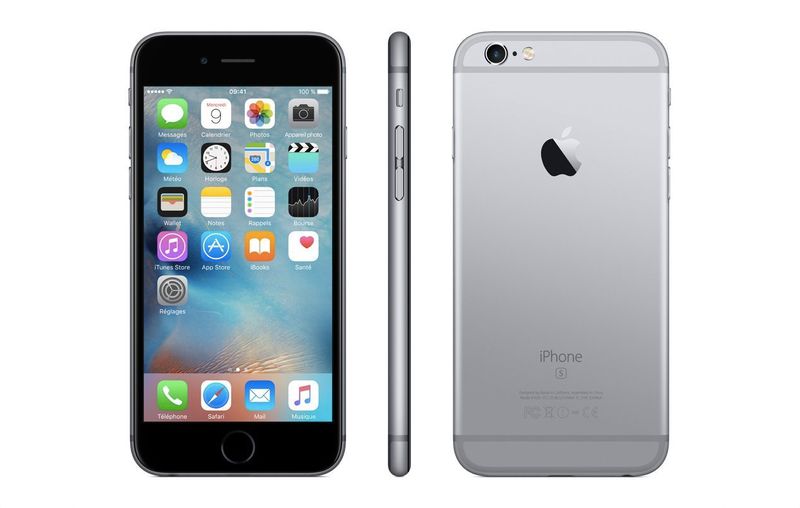
Considering the controversy that surrounded its previous model, Apple toughened its glass and aluminium case. As for the rest of the phone, there were no major changes. The phone featured a pressure-sensitive display (3D Touch) and live photos. The phone also came in the much popular rose gold version. This was the time even apple fans started becoming tired of Apple introducing an almost similar phone with the letter ‘S’. According to the company, the S meant speed, but considering the S versions, maybe the S stood for same.
IPHONE SE 2016
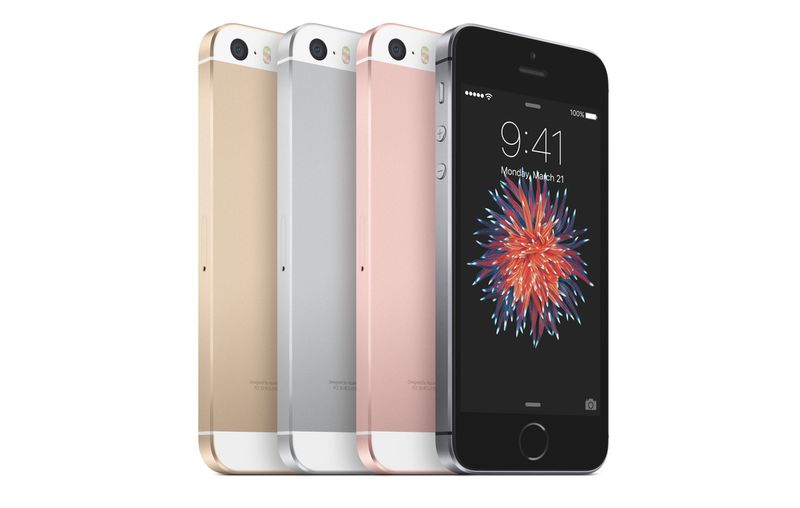
Apple came out with a surprise in 2016, introducing the iPhone SE in the middle of its usual cycle of introducing new phones. Many considered the phone’s introduction as pointless, as it was not an advancement of iphone 6 and 6S’s features but instead, the phone went back to the design of 5S. In fact, the phone looked exactly like the 5S but with a faster hardware and a Touch ID.
IPHONE 7 and 7 PLUS

The phone did not undergo a major redesign with respect to its shape, but it was quite popular as it still had some significant changes. The phone came in the much sought after jet black colour. It also featured a new dual-camera system in the plus version. Both models were water-resistant, a feature that has become popular in phones in the recent years. Moreover, the home button was not mechanical anymore and was replaced with a digital lookalike, which only required users to place their thumb on the button instead of pressing it in order to perform the button’s function. However, the phone received widespread criticism as Apple removed the headphone jack, with many Apple fans giving the lack of a headphone jack as the reason they did not buy the phone.


